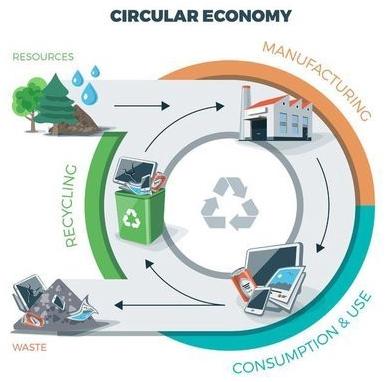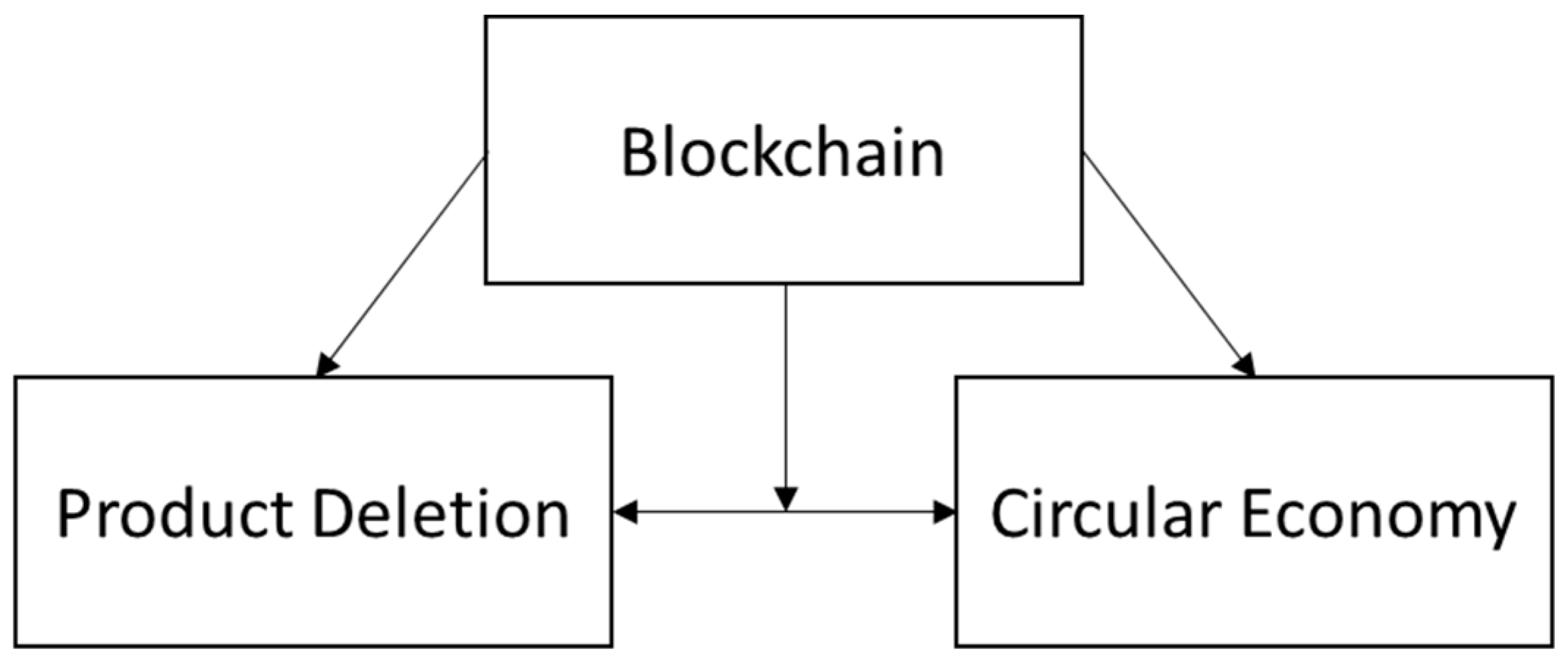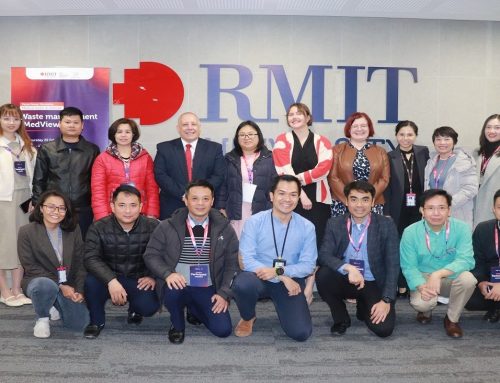
Solving problems and innovation requires creativity. Research requires problem solving and innovative ideas; that is, we seek to expand the body of knowledge.
I was watching a documentary called The Creative Brain. It was produced by neuroscientist David Eagleman. The documentary offered ways for creativity to happen and some of lessons on creativity. One creativity aspect that resonated is that creativity does not mean developing something out of nothing; that a new idea should never have existed before.
Creativity is using the known in unique ways. To be able to take existing concepts and bring them together through novel linkages.
Many of my studies seek to do this. This creativity element, from my perspective, is about interdisciplinarity. Acquiring concepts and ideas from various fields and areas of thought to advance the body of knowledge through yet unseen combinations is how creativity emerges.
This approach is what we did in our paper titled, “At the Nexus of Blockchain Technology, the Circular Economy, and Product Deletion” that just appeared in the open access journal Applied Sciences. We consider the nexus of Technology (blockchains), Society (a circular economy), and Business (product management).
We three co-authors work significantly in one of the three fields at this nexus. For Blockchain Technology, Mahtab Kouhizadeh has written a number of articles and is continuing to work on this emergent field. Qingyun Serena Zhu, a new faculty member at the University of Alabama in Huntsville, is most familiar with the Product Deletion topic. My background in circular economy is brought into this mix.
So we sat down, over many meetings, and outlined the structure, relationships, and conceptual framework of our paper.
We did realize that all the topics were emergent in the research and practitioner communities. Each issue, in their own way, has substantial room for investigation, knowledge building, and growth. In fact, we viewed this as an opportunity to contribute to three fields, not typically associated with each other, in a new way.
This process was not easy; we had to think carefully. Initially our model was that each can influence the other in multiple ways. Eventually we settled down on the issue that Product Deletion — the idea that organizations need to rationalize their product offerings by culling the product portfolio for competitive advantages — can influence Circular Economy practices. We then brought in Blockchain Technology, a distributed ledger information technology, that can influence each of these areas directly and as a moderator in the relationship between Product Deletion and the Circular Economy.
This relationship is shown in our Figure 1.

In our team discussions we did encounter a number of issues. I touch on two of them. First, these three emergent topics are ‘Essentially Contested Concepts’. This issue is very common in academia and research. We attempted to provide a clear characterization of each concept. Whether we completely succeeded is up to the reader; especially those who have studied any or all of these areas.
Our second major issue was that, given the practice nature of these topics, it is not easy to find exemplars; actual cases, where all three aspects were covered. We had to stitch together a number of actual partial implementations and practices. Much of what we wrote were thought experiments to help expand the boundaries of understanding and knowledge within each of these areas.
It brings us back to the originality and creativity involved in this sort of conceptual work. We were lucky to find supportive editors and reviewers who found the nexus of interest to current and future readers.
The paper appears as part of a special issue on “Advances in Blockchain Technology and Applications” in the journal. Given the special issue topic, a blockchain perspective, probably the most emergent of the three topics, is premier in this article.
Our structure of the body of the paper does utilize a hierarchical circular economy categorization from most broad (macro) to most specific (micro) dimensions. We provide a number of practices at each of these levels that influence or are influenced by product deletion and how blockchain plays a role.
As one example, you need to read the paper for many other examples, consider reverse logistics as a central element of a circular, meso-level, supply chain. Reverse logistics operations are dependent on end-of-life returns of materials and products. Blockchain technology can help trace these products and materials throughout their life for eventual return. A product or component that is deleted, where the decision may be based on data from the blockchain, will influence the availability of material for efficient reverse logistics. Additionally, because of the need for materials for reverse logistics purposes a product’s deletion may be delayed.
Just in this one example a number of questions, research and practice questions arise. We identified a few dozen issues at the nexus. Each can generate many more questions and research directions. Our goal was to plant the seeds for more creativity and originality.
We hoped that this work would motivate many other creative thinkers and doers to make our world a better place to live.
We hope you have a chance to read this article and create new thoughts and ideas.




